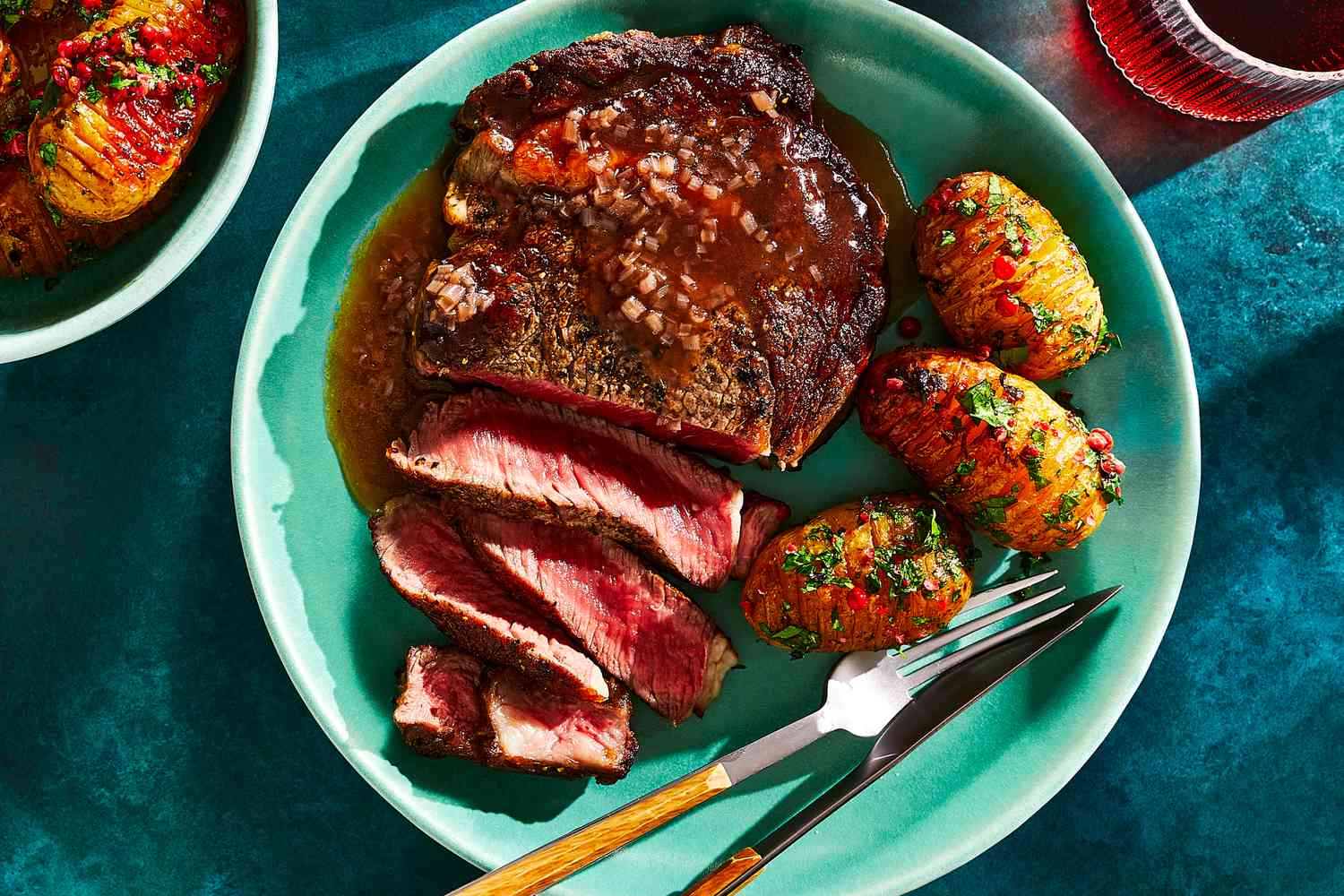Meat is a culinary canvas that invites us to explore a world of flavors, textures, and aromas. Seasoning is the key to transforming an ordinary piece of meat into a mouthwatering masterpiece. With the right combination of herbs, spices, and techniques, you can elevate your meat dishes to new heights. In this essay, we will explore how to make the best use of meat seasonings for delicious meals, with a focus on three important aspects: selection, application, and balance.
Selecting the Right Seasonings
Choosing the right seasonings is the foundation of creating delicious meat dishes. Consider the following tips to ensure your seasonings are a perfect match for your chosen meat:
Fresh vs. Dried: Fresh herbs are ideal for lighter meats like chicken and fish, while dried herbs and spices work well with heartier meats like beef and lamb. Experiment with combinations, such as fresh basil and thyme for chicken, or dried rosemary and smoked paprika for beef.
Cultural Influences: Different cuisines use distinct seasonings. For instance, Mediterranean dishes often feature oregano, olive oil, and garlic, while Indian cuisine relies on an array of spices like cumin, coriander, and turmeric. Research the traditional seasonings for your chosen recipe to capture the essence of that cuisine.
Personal Preference: Your taste matters. Adjust the seasonings to match your personal preferences. If you enjoy heat, add a pinch of cayenne pepper; for a sweet twist, consider honey or brown sugar.
:max_bytes(150000):strip_icc()/garlic-butter-prime-rib-FT-RECIPE0621-fca73e5fa8e046b0b03982757db51628.jpg)
Applying Seasonings with Precision
Seasoning meat isn’t merely about sprinkling ingredients haphazardly. Precision is the key to unlocking the full potential of your meat dishes. Here’s how to apply seasonings effectively:
Pat Dry: Before seasoning, pat the meat dry with paper towels. This ensures better adhesion of the seasonings and helps create a delightful crust during cooking.
Even Distribution: Sprinkle seasonings evenly on all sides of the meat. For larger cuts, use your hands to massage the seasonings into the meat, ensuring every surface is covered.
Marinating: Marinating meat allows the seasonings to penetrate and infuse flavor. Use airtight containers or resealable bags, and refrigerate for the recommended time, whether it’s a quick 30-minute marinade or a longer overnight soak.
Striking the Perfect Balance
Achieving the perfect balance of seasonings is an art. Too much can overpower the meat, while too little can leave it bland. To strike the perfect balance:
Taste as You Go: Throughout the cooking process, taste a small piece of the meat to gauge the level of seasoning. Adjust as necessary to achieve your desired flavor profile.
Layer Flavors: Building layers of flavor can create a complex and satisfying dish. Start with a basic seasoning, such as salt and pepper, and add layers like herbs, spices, or marinades to enhance the overall taste. For instance, incorporating meatloaf spices can add a unique and comforting depth to many recipes.
Accompaniments: Consider complementary side dishes and sauces that can balance and enhance the meat’s flavor. For example, a fresh salsa can brighten up grilled chicken, while a rich red wine reduction can complement a well-seasoned steak.
Conclusion
The art of meat seasonings is a delightful journey that invites you to explore a world of flavors. By selecting the right seasonings, applying them with precision, and striking the perfect balance, you can transform any meat dish into a culinary masterpiece. Whether you’re a seasoned chef or a novice in the kitchen, mastering the use of meat seasonings is a skill that will leave your taste buds singing with delight and your guests coming back for seconds. So, don your chef’s hat and embark on the delicious adventure of enhancing the flavor of your meat dishes through the magic of seasonings.



